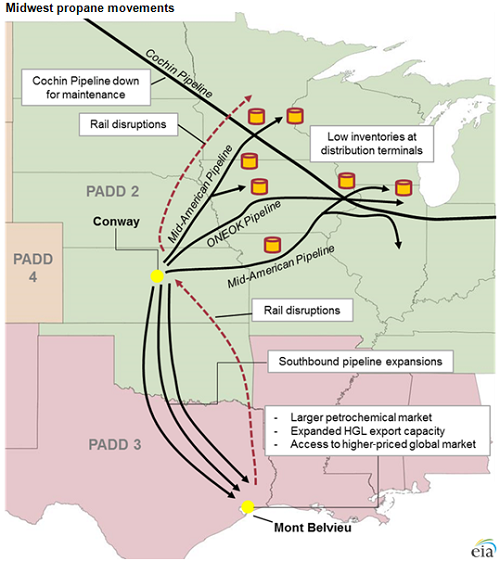 American biodiesel producers set a record with nearly 1.8 billion gallons produced in 2013. While the record is nice, it’s also a cruel, ironic reminder that the same government office reporting this milestone, the Environmental Protection Agency (EPA), is also trying to lower the amount of biodiesel to be mixed into the Nation’s fuel supply down to just 1.28 billion gallons in 2014. The National Biodiesel Board is calling on the Obama Administration to change direction on this policy that will hurt the industry just as biodiesel is celebrating its greatest success.
American biodiesel producers set a record with nearly 1.8 billion gallons produced in 2013. While the record is nice, it’s also a cruel, ironic reminder that the same government office reporting this milestone, the Environmental Protection Agency (EPA), is also trying to lower the amount of biodiesel to be mixed into the Nation’s fuel supply down to just 1.28 billion gallons in 2014. The National Biodiesel Board is calling on the Obama Administration to change direction on this policy that will hurt the industry just as biodiesel is celebrating its greatest success.
“The success of the biodiesel industry in 2013 proves that the RFS is working today and stimulating the commercial-scale production of advanced biofuel,” said Joe Jobe, CEO of the National Biodiesel Board (NBB), the U.S. trade association. “It also makes it incredibly frustrating that the Obama Administration is backing away from this progress with its recent RFS proposal.”
“If our industry produced 1.8 billion gallons of Advanced Biofuel in 2013, why is the Administration retreating to 1.28 billion gallons for 2014?” Jobe asked. “We’re proving it can be done. What we need is consistent policy, and that is sorely lacking in Washington right now.”
“It is incomprehensible that an Administration that has unequivocally supported renewable fuels since Day One has suddenly decided to retreat on the first Advanced Biofuel to reach commercial-scale production nationwide,” Jobe said. “It threatens biodiesel businesses across the country and thousands of jobs, and it undercuts the Administration’s stated priority of reducing greenhouse gas emissions.”
NBB officials go on to point out that with some excess 2013 biodiesel production “carried over” into 2014, the real Renewable Fuel Standard (RFS) number for biodiesel will be about 1 billion gallons, about half of what is now produced. Throw in a lapsed $1-a-gallon federal biodiesel credit, and the more than 62,000 biodiesel industry jobs in this country could be in big trouble this year.










